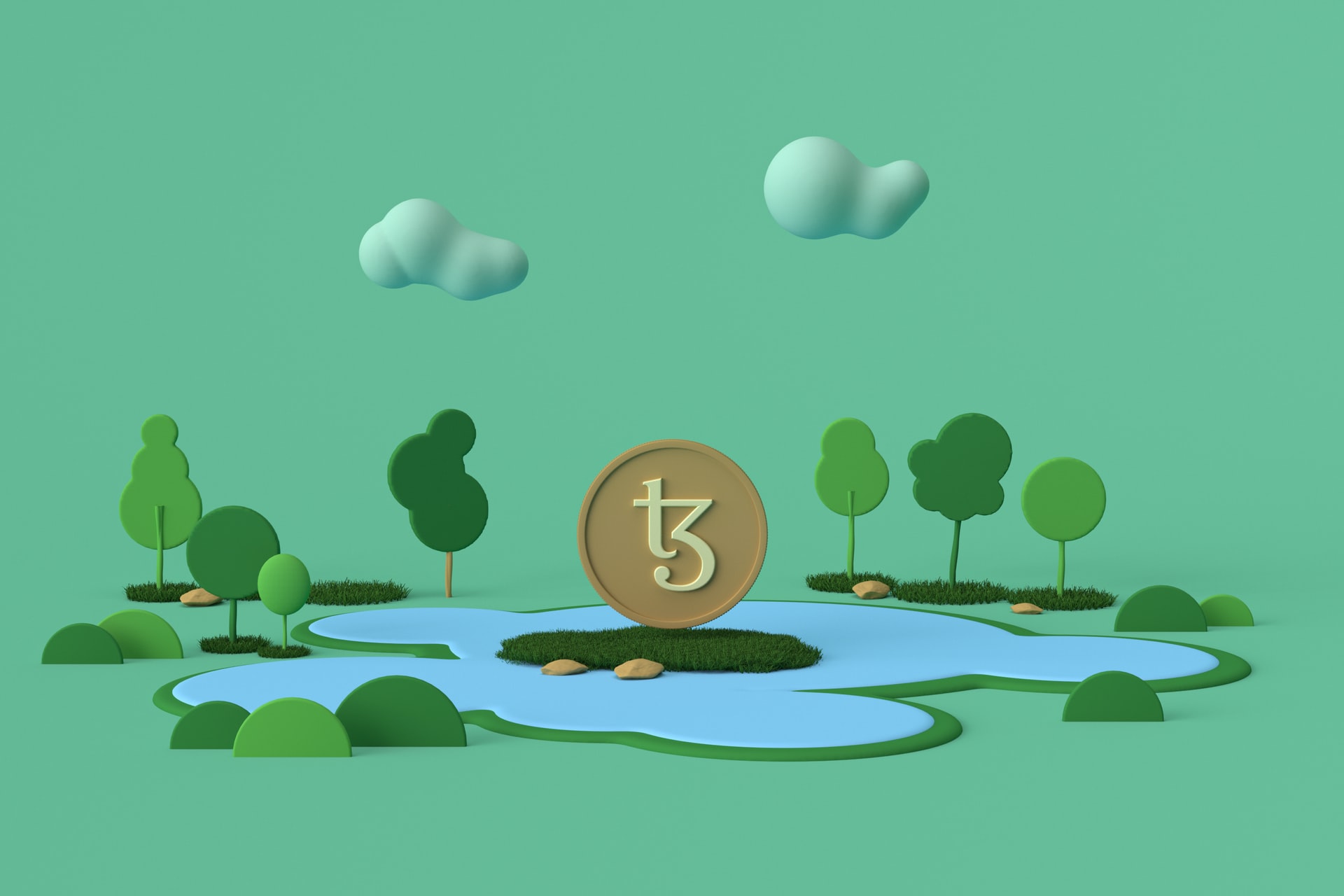IN
IN
JPN
EN
Join Our Communities

Since digital artist Kevin McCoy minted Quantum (the first non-fungible token) in 2014, NFTs have slowly but steadily infiltrated the art world and mainstream popular culture.
When COVID-19 shuttered the world in 2020, the medium started gaining momentum outside gaming and digital artist communities. Brands including Nike, Pizza Hut, and Dolce and Gabbana flocked to the potential new revenue stream.
From 2020 to 2021, NFT trading increased 21,000% to reach $17.6 billion, while the number of NFT crypto wallets rose from 89,000 to 2.5 million.
Notably, in March 2021, Twitter founder Jack Dorsey sold his first tweet as an NFT for almost $3 million, while digital artist Beeple put traditional auction house Christie’s on the NFT map by selling his collage, The First 5000 Days for $69 million. Collectibles now account for $8.4 billion in NFT sales and have an almost cult-like following among the public and celebrities. But as NFTs become more coveted, there is an inevitable increase in carbon emissions.
With the growth of any technology comes environmental scrutiny. Critics argue against the volume of emissions created by the cryptocurrencies that enable NFT buying and selling. And it’s true; NFT marketplaces that run on proof of work (PoW) consensus mechanisms require vast amounts of electricity to power the hardware and blockchains they run on. On the other hand, proponents contend NFTs are a comparatively small cog in the blockchain machine. Without NFTs, miners would still be solving puzzles, adding blocks and generating tokens. According to a PWC report, Study of the Environmental Impact of the Tezos Blockchain, it’s the puzzle-solving element that drains enormous amounts of mostly dirty energy from these Proof Of Work global grids.
Blockchain for Climate Foundation founder and executive director, Joseph Pallant, likens estimating NFT carbon culpability to calculating an individual’s share of emissions from a commercial plane flight.
“If you’re on the plane, you’re responsible for a portion of its emissions. But if you hadn’t bought the ticket, the plane probably would’ve taken off with other passengers and polluted the same amount anyway”, said Pallant.
Across the industry, there is an evolving sustainability agenda aimed at ethically supporting the burgeoning creator economy. Governments too are under pressure to address blockchain’s environmental concerns. As part of an aspirational plan toward a clean electricity grid, the White House announced a report investigating if digital assets such as NFTs “impede or advance efforts to tackle climate change.” On a global scale, the Crypto Climate Accord has the support of more than 45 blockchain, finance, energy, and tech companies to “achieve net-zero emissions from the electricity consumption associated with crypto-related operations by 2030.”
On a smaller yet no less significant level, developments in carbon offsets and alternative energy sources are already in use by blockchains and creators alike.
Digital artist Beeple has pledged to invest in renewable energy and conservation initiatives to offset what he estimates is $5000 in carbon emissions per collection.
Collectibles company OneOf has adopted Tezos blockchain’s liquid proof of stake (LPoS), which means minting an NFT now uses about the same energy as a Tweet. In July 2021, they partnered with the Right Here, Right Now Global Climate Alliance, promising a percentage of revenue to United Nations Human Rights climate change support programs.
The Tezos blockchain launched in June 2018 with its game changing Liquid Proof of Stake consensus mechanism. It has an estimated annual energy consumption of just 0.001 TWh compared to leading Proof of Work (PoW) blockchains which can consume around 75 TWh - 152 TWh. Unlike PoW protocols, recording and verifying transactions on LPoS doesn’t require heavy-duty investment in power-hungry hardware that can handle the complexities of solving complex mathematical problems at speed.
In August 2021, the network reduced its carbon footprint even further with the launch of its seventh upgrade, the Granada protocol, which introduced the following improvements:
The PWC report Study of the environmental impact of the Tezos blockchain chart shows the effect of the Granada update on the price of gas transactions from March to November 2021.

While big blockchain and the activists battle it out, at the coalface of the debate (pun intended), a passionate number of NFT creators are exclusively using sustainable networks to mint and sell. Rather than abandon the history-making opportunity to make money from their craft, they’re using #ProofOfGreen as a selling point. An initiative of the Crypto Climate Accord, NFT buyers are also increasingly prioritizing this proof of sustainable minting as a critical factor in their purchasing decision.
Singapore-based NFT artist Speak Cryptic is one such artist who is putting the environment first, choosing the Tezos network because of its lower carbon footprint, “It played a huge role in my decision,” he said.